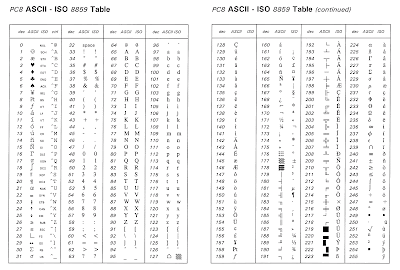Next Generation Secure Computing Base (NGSCB)
a) What is Next Generation Secure Computing Base (NGSCB)?
Next Generation Secure Computing Base (NGSCB):
Definition: NGSCB is a Microsoft technology designed to enhance the security and integrity of computing systems by providing a robust platform for running sensitive applications and protecting data. It is an evolution of the concept of Trusted Computing, which focuses on creating a secure computing environment through hardware and software-based protections.
Purpose: NGSCB aims to address various security concerns, including malware attacks, unauthorized access, and data breaches, by establishing a trusted environment that ensures the integrity of both the operating system and the applications running on it.
Components: NGSCB integrates hardware-based security features with software technologies to create a trusted computing environment. It involves a combination of trusted hardware, secure boot processes, and trusted software components.
b) Two Primary System Components of Next Generation Secure Computing Base (NGSCB)
**1. Trusted Platform Module (TPM):
Definition: The TPM is a hardware-based security component designed to provide a secure environment for storing cryptographic keys, certificates, and other sensitive data. It is a key part of the NGSCB architecture.
Functions:
- Secure Storage: TPM provides secure storage for cryptographic keys and other critical data, ensuring that this information is protected from unauthorized access or tampering.
- Hardware-Based Authentication: It supports hardware-based authentication mechanisms, such as secure boot and platform integrity measurement, to verify that the system has not been compromised.
- Encryption and Decryption: TPM can perform encryption and decryption operations, adding an extra layer of security to protect data at rest and in transit.
Importance: TPM is essential for establishing a root of trust in NGSCB, ensuring that the system's hardware and software integrity are maintained and protected against attacks.
**2. NGSCB Software Components:
Definition: NGSCB software components include the trusted operating system extensions and secure applications that work in conjunction with the TPM to provide a secure computing environment.
Components:
- Trusted Operating System (OS) Extensions: These are modifications or extensions to the standard operating system that enable it to interact with the TPM and enforce security policies. They help in creating and maintaining a trusted computing environment by validating the integrity of system components and ensuring secure execution of applications.
- Secure Applications: Applications designed to run within the NGSCB environment leverage the trusted OS extensions and TPM to ensure that their execution is secure and that sensitive data is protected. These applications can perform operations such as secure transactions, encrypted communication, and secure storage.
Importance: These software components are crucial for implementing the security features promised by NGSCB. They work together to provide a comprehensive security framework that enhances the protection of data and system integrity.
Summary
NGSCB: A Microsoft technology aimed at providing a secure computing environment through a combination of hardware and software-based security features.
Primary Components:
- Trusted Platform Module (TPM): A hardware component for secure storage, authentication, and encryption.
- NGSCB Software Components: Includes trusted OS extensions and secure applications that interact with the TPM to create and maintain a secure computing environment.


Ulasan